Jump To
How To Start An Online Store Without Inventory (No Experience Needed)
If you’re like me, working hard has never been a problem. I owned a brick-and-mortar business for several years. I loved the grind; I loved managing all the issues that came with owning a business because the reward far outpaced any stresses: inimitable independence.
To make a long story short, the price of maintaining a brick-and-mortar business was too much. We shuttered our doors because of COVID-19, but me being me, I was far from done. I spent months researching how to build a profitable online business and make money online.
I know you might have wasted a lot of time going down all the internet’s many rabbit holes and you might consider this a long shot. However, I have done all the hard labour for you, if you want to learn how to start an online store without inventory (and, to be honest, without any online retail experience).
I learned some lessons during my research that you must know if you want to start selling products online without inventory. I wanted to share these lessons with the entrepreneurs of the world (yes, I’m looking at you!) to save them from all the trouble I went through.
Here is what I found on how to start an online store without inventory.
How To Start An Online Store Without Inventory Methods That Work
Creating an online store without inventory has a lot of moving pieces. I decided I’d break it down for you one step at a time to make this a simple process to understand. In reality, there is an infinite amount of ways to create a business online without using inventory.
Indeed, many companies have made online stores without inventory, and we can learn from them. I’m going to be covering the two methods that I’ve found to be most useful (and, I think, the most likely to deliver profit)– print on demand and dropshipping.
Print On Demand
With print on demand, your work is essentially that of selling designs. You will advertise these designs on your website and, when someone decides they would like to buy a t-shirt or a mug or whatever with that design, you’ll go straight to a print on demand service, who will create the item and ship it to the customer. Easy enough, right?
Now, the first question we have to ask ourselves: is print on demand profitable? Well, isn’t that the question of the day? Making a profit with print on demand hinges on a few variables.
The Designs
To be a successful retailer who utilizes print-on-demand services, you must have designs that appeal to consumers. How do you get those designs? If you have excellent design skills, the print on demand option can be a perfect way to express your vision and maximize profit. If you don’t have that artistic bent, you can find free online designs or hire a designer.
How Much Can You Charge?
With print on demand, you’ll have another company print and ship your designs. You might have a designer design those designs. You’ll have to keep up a domain and, in some cases, a service that hosts your domain.
All those eat into your profit margin, and so the question is, “how much can you charge?” Use your common sense with this one. You have to assess your situation and see if it makes sense for you.
A Few Reasons Print On Demand Is Cool
- No inventory — that’s the goal, right?
- You can set whatever price you want for profit.
- A straightforward business model
The Downsides
- Getting the right designs can be tricky
- Because this option is relatively easy, the market is pretty saturated with print on demand retailers (though having a print on demand service can still be profitable, even in 2020)
Dropshipping
A dropshipping business connects a consumer’s specific product need to a supplier who sells that product at wholesale. In typical dropshipping business models, the supplier also ships the product to the consumer who has made the purchase through the dropshipper’s website.
In this way, the business of dropshipping is really just marketing — that is, selling products one neither makes nor holds. It’s a tried and tested way to go for someone wondering how to make an online business without inventory and without much experience.
As with print on demand and, indeed, any online business, the brain behind a dropshipping business must have a bent for marketing. You have to understand where there is a need and be able to fulfill it. Because you are using a wholesale retailer, profit can be high.
A Few Reasons Dropshipping is Cool
- You’ll likely have a higher profit margin than print on demand.
- All of your work comes down to marketing and dealing with consumers — no time spent worrying about the product itself.
- The kinds of products you can sell are endless!
The Downsides
- Because there are so many options to choose from, it can be overwhelming getting started.
- There are more moving parts: you need to choose a supplier, and you must have a niche (which we’ll get into later)
Steps To Create An Online Store Without Inventory
Now we’re in the thick of it. So, you’ve decided to make an online store without inventory. Congratulations! Now I’ll walk you through exactly how to do that. Whether you’ve chosen print on demand or dropshipping, pay attention to these steps because these things can often make the difference between success and failure in an online business.
Step 1: The Niche
If you’ve already done your research on how to make an online business without inventory, you’ll almost always run into this key phrase: the niche. You need one, but what is a niche? The niche is your corner of the market.
Everybody you know is always late, so you open up a business that sells clocks. That’s your niche. There are all sorts of thoughts online about how to find a niche, but basically, you need one.
Why?
That’s a great question. You might be reading this and saying, “well, Amazon doesn’t have a niche.” That’s true, but you’re not Amazon. If you had the resources in terms of personnel, advertising, and physical space that Amazon has, I would say, “absolutely, go for it.” But if like me, you’re working with limited funds, you’ve got to find a niche.
Don’t go crazy with this, just find something that’s interesting to you. Shoes, wallets, furniture — be creative! Having a real niche, that is, having identified a real need, can clear up so much of the difficulties of starting an online business without inventory.
Step 2: Marketing the Product
Now that you’ve chosen a niche, you need to be able to demonstrate that your products are worth buying. You need pictures of the things you’re selling, you need to get people clicking and considering your product, and you need to work on search engine optimization (SEO) to get them to that point.
Pictures or Marketing Images
You need images on your website showing off your product in the most attractive light possible. One of the recommended ways to do this is to utilize a mockup service. I’ve heard PlaceIt is great, but I would also check out the many alternatives.
Even better, I would recommend getting the product yourself and taking your own photos. This is what I did, and I was so happy I did it. You want to make money, but you also want to deliver a high-quality product; getting samples of your product to photograph will make that possible. Even though it’s an online business without inventory, I liked testing out and photographing the inventory myself.
Get Clicking!
So, you’ve got some awesome items and some awesome pictures. Now you need a website. There are plenty of hosting platforms, and some online businesses have used Squarespace, Wix, GoDaddy, WordPress, and others for their needs. These are all quite expensive as compared to sites that specialize in entrepreneurial operations — sites like Etsy, WooCommerce, and Shopify.
We’ll get into those sites further on.
SEO
Anyone who knows anything about online businesses knows about search engine optimization. For the rank beginner, I’ll say this: SEO allows your chosen keywords to make your website more likely to show up in one of the first spots in a search engine like Google, Yahoo!, or Bing. You have to do this, and here’s how.
Step 3: Choose A Platform
Now that you know about SEO and what platforms are available, you’ve got to pick one. I’ll help you out with that below.
Which Platform to Choose
I mentioned above that Shopify, WooCommerce, and Etsy are standard sites for an online business without inventory. Let’s go into each one.
Shopify
With the motto “Anyone, Anywhere Can Start a Business,” Shopify is an awesome platform that allows for free credit card processing and lets anyone set up a store through their domain. It’s somewhat expensive, but Shopify is optimized to have an easy-to-use website that can get your products out to the consumers they deserve! Learn more about the process, with steps, here.
WooCommerce
“Build exactly the eCommerce website you want,” says WooCommerce, and it’s true! Fully customizable, WooCommerce is an awesome place to start a business if you want to exert full control over your online business’s look. And, I tell you this is the most exciting of all, it’s totally free.
Etsy
Now, Etsy is one of the rare retailer marketplaces that has entered the common vernacular. Do you know? People know Etsy. And I think it’s a great place to shop. You have to pay to open a site with Etsy, but it’s not very expensive. Furthermore, Etsy has the name recognition that can be really helpful with online businesses.
How To Handle Issues That Can Arise
As with any business, issues can arise. Online businesses offer their own slew of problems, and I want to just address a few of them here so you’ll be prepared if you cross them.
Merchandise Problems
I mentioned above that drop shipping merchandise comes with its own problems. You should always get a sample of your merchandise before you start to sell it and make sure it’s of the quality you would want to make a name with. You don’t want any surprises if a product turns out being much less than your expectations.
Diversify!
Many brick-and-mortar stores have a diversity of suppliers. While that’s not necessary with online stores (or at least I haven’t found it to be), I would strongly consider putting your merch in different marketplaces.
Not only will having your things in different places likely increase profitability (read this fascinating study on “showrooming,” or comparing prices here), if one of your stores gets shut down, you’ll still have many avenues for success.
Supplier Problems
You need to find a good supplier, and the question of how to do that isn’t obvious—Google search trends thousands of results for dropshipping suppliers. Sometimes suppliers aren’t reliable, and sometimes reliable suppliers aren’t into dropshipping. What do you do?
I went to a dropshipping directory. This is just one of many. Do your research. The problem with dropshipping directories is they often charge for use, but this may just have to be part of your expenses.
Those that don’t use a dropshipping directory sometimes use middlemen to find wholesale retailers. This is another complication in the business model and another profit cut, but these middlemen can really work. Read about finding a supplier and more dropshipping intricacies.
Make sure your supplier is reliable. Being in stock is incredibly important to your business’s success.
What Next?
You can consider yourself lucky. You’ve chosen to take your life into your own hands and get started with your online business. You weren’t sure how to start an online business without inventory, but you did your research and came up with a niche, a hosting site, and a supplier. Now you’re ready to begin your independent life as an online retailer.
With the research in this article, you have all of the tools you need to be successful in the trade.
Good luck!
| Image | Online Money Making Way | Level | Learn More |
|---|---|---|---|
 | Beginner | Learn More | |
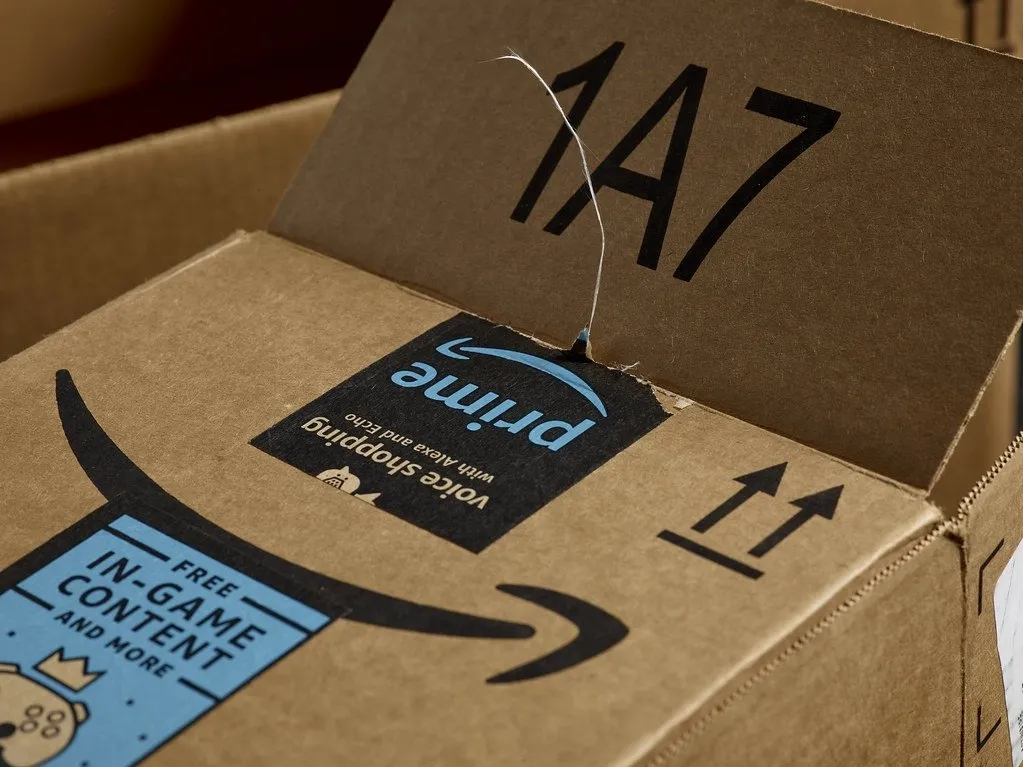 | Beginner | Learn More | |
 | Beginner | Learn More | |
 | Beginner | Learn More | |
 | Beginner | Learn More | |
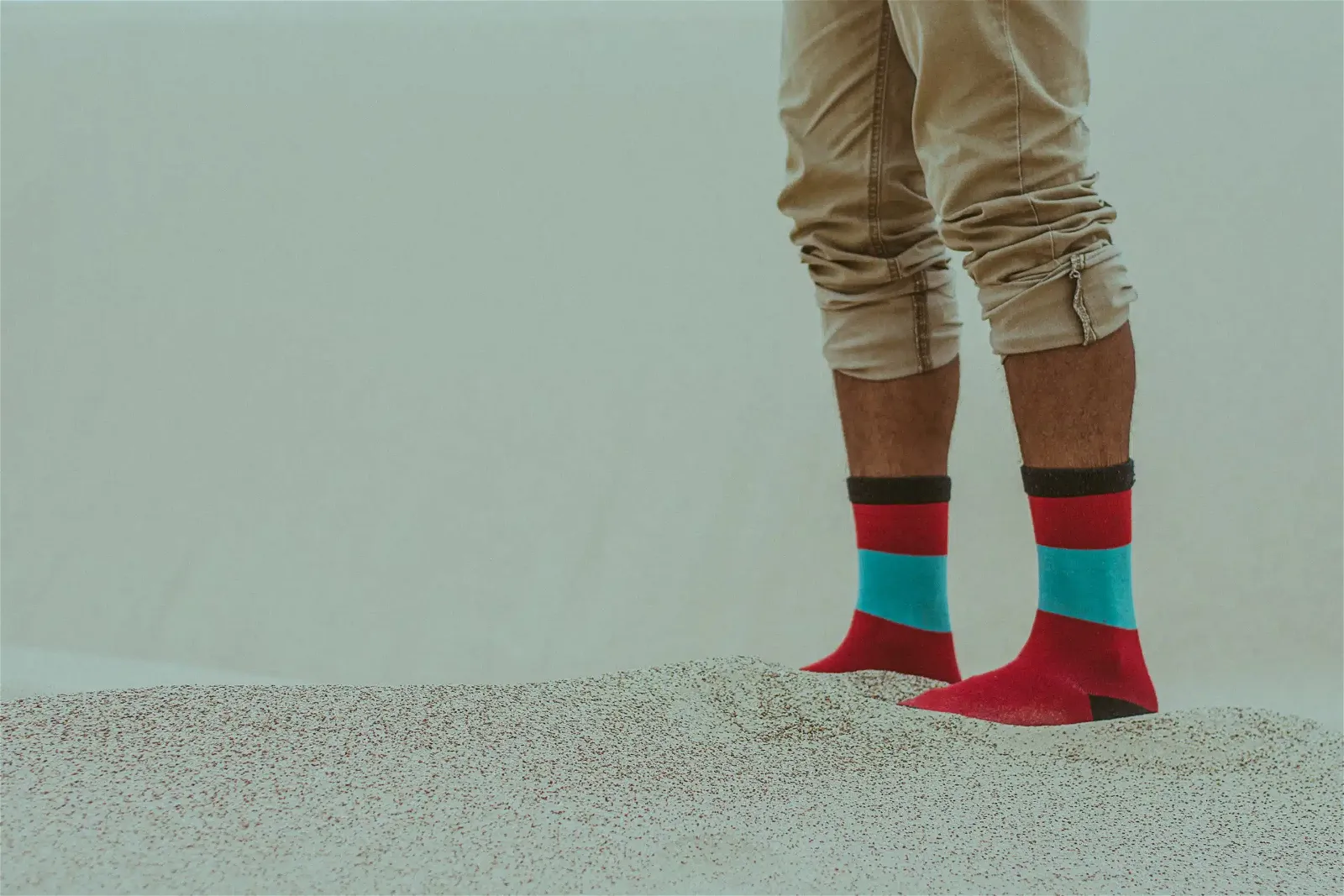 | Beginner | Learn More | |
 | Beginner | Learn More | |
 | Beginner | Learn More | |
 | Beginner | Learn More | |
 | Beginner | Learn More | |
 | Beginner | Learn More | |
 | Beginner | Learn More | |
 | Beginner | Learn More | |
 | Beginner | Learn More | |
 | Beginner | Learn More | |
 | Beginner | Learn More | |
 | Beginner | Learn More | |
 | Beginner | Learn More | |
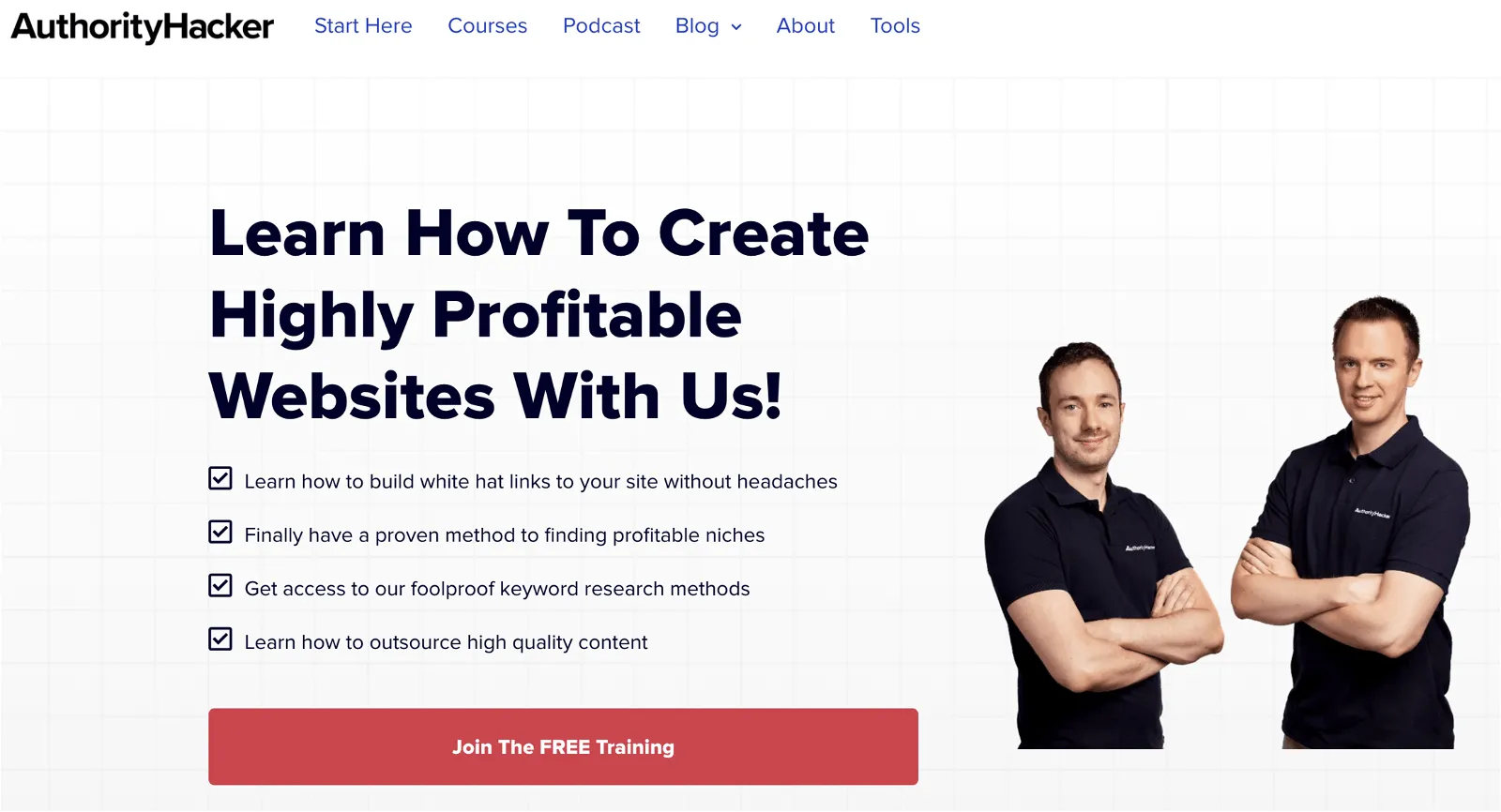 | Beginner | Learn More | |
 | Beginner | Learn More | |
 | Beginner | Learn More | |
 | Beginner | Learn More | |
 | Beginner | Learn More | |
 | Beginner | Learn More | |
 | Intermediate | Learn More | |
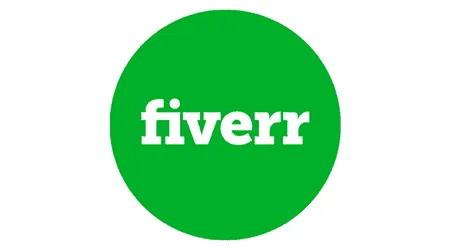 | Intermediate | Learn More | |
 | Intermediate | Learn More | |
 | Advanced | Learn More | |
 | Advanced | Learn More | |
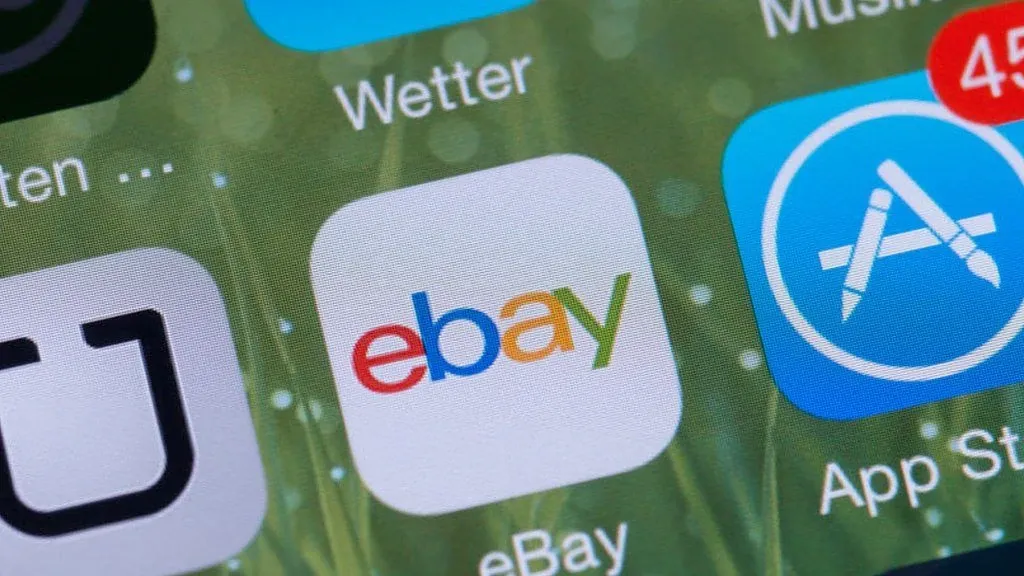 | Advanced | Learn More | |
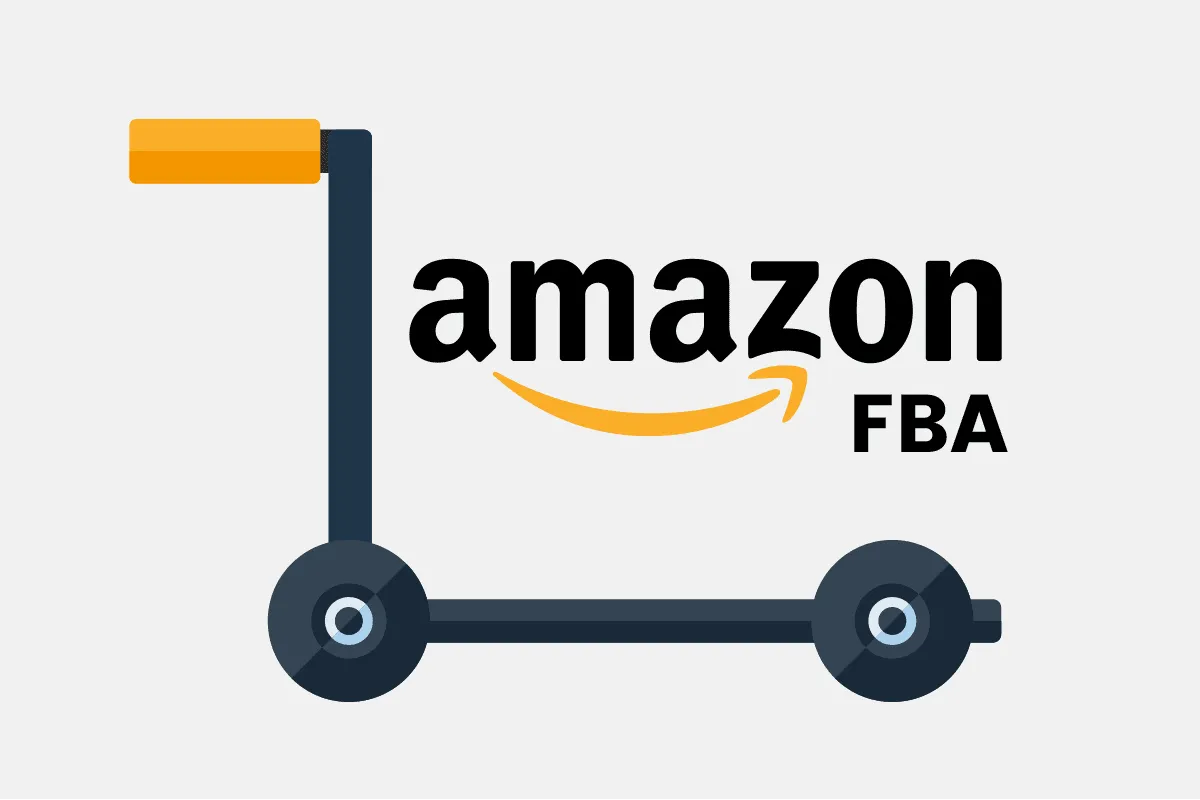 | Advanced | Learn More | |
 | Advanced | Learn More | |
 | Advanced | Learn More | |
 | Advanced | Learn More | |
 | Advanced | Learn More | |
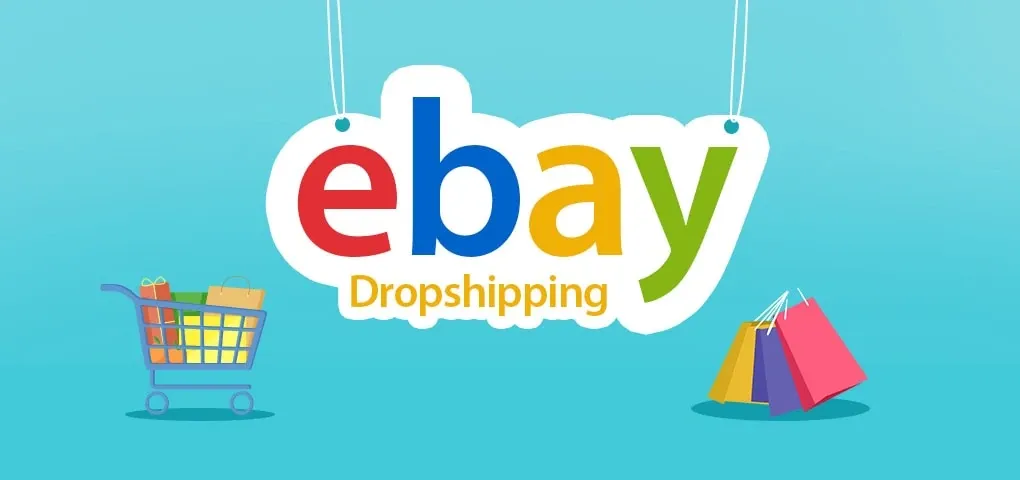 | Advanced | Learn More | |
 | Advanced | Learn More | |
 | Advanced | Learn More |
Ways To Make Money Online
Online Business Owners Net Worth
How To Make Money Online With GetPaidTo
How To Make Money Online Step By Step
The 5 Best Affiliate Networks & Programs To Join Other Than Amazon
